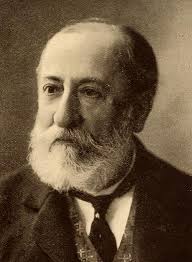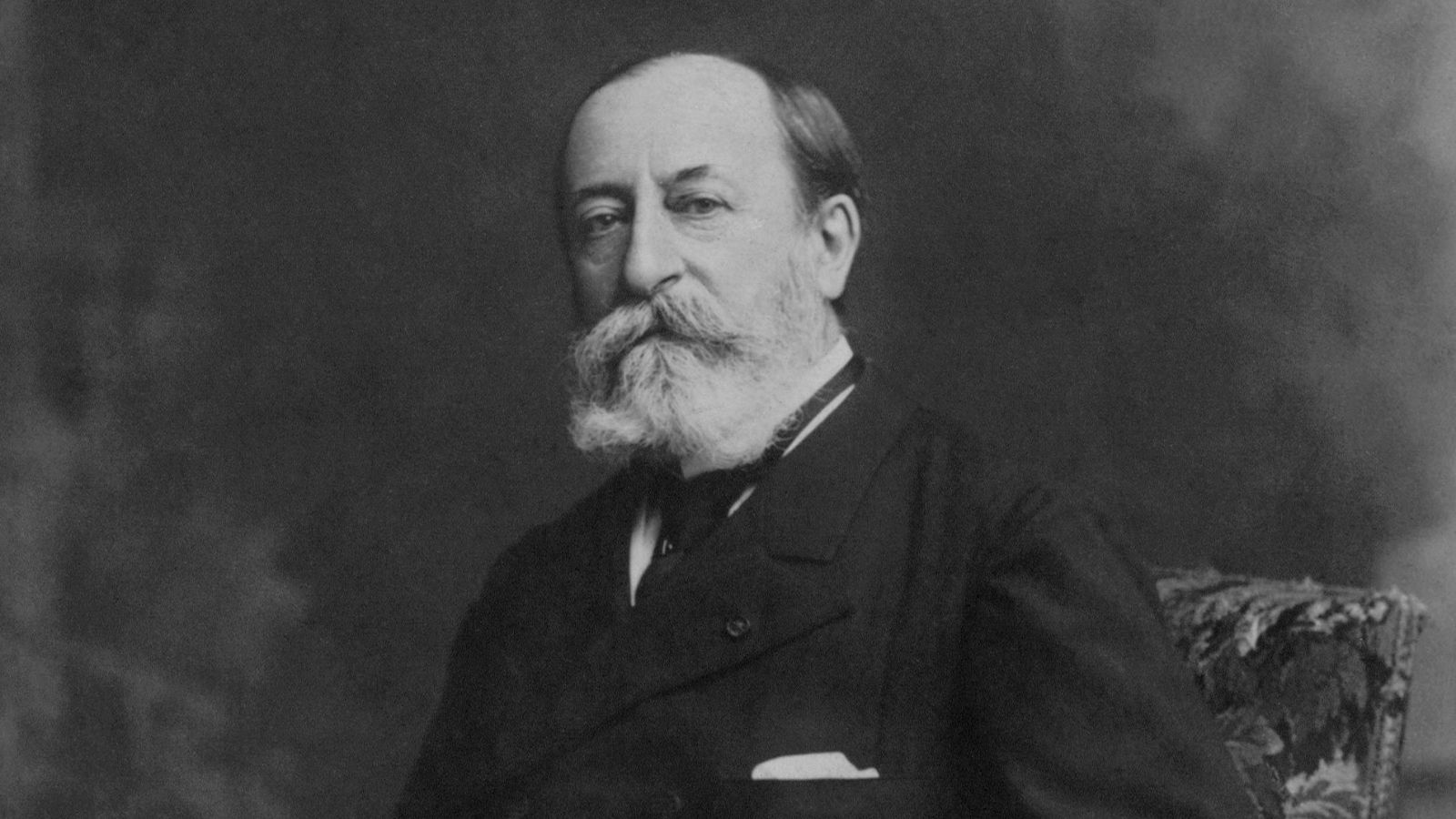Camille Saint-Saëns: A Complete Biography
Introduction
Camille Saint-Saëns was a French composer, pianist, organist, conductor, and writer whose life spanned from the height of Romanticism into the dawn of modernism. Best known for works such as The Carnival of the Animals, Danse macabre, and the Organ Symphony, Saint-Saëns was one of the most versatile and accomplished musicians of the 19th century. Despite living in an era dominated by bold innovations, he remained a staunch defender of classical traditions, yet his music often displayed a bold inventiveness and clarity of form. This biography explores the remarkable life of a man once hailed as “the French Beethoven,” whose contributions shaped French music for generations.

Childhood
Charles-Camille Saint-Saëns was born on October 9, 1835, in Paris, France, into a middle-class family. His father, Jacques-Joseph-Victor Saint-Saëns, died of tuberculosis only months after Camille was born, leaving his mother, Clémence, and a great-aunt, Charlotte Masson, to raise him. It was Masson who recognized Camille’s extraordinary musical gift and began teaching him piano at the age of two.
His prodigious talent became evident early: he could read and write by age three, began composing by five, and gave his first public recital at the age of ten, performing works by Beethoven, Mozart, and Bach. His precocity drew public attention, and many compared him to Mozart, although he would later bristle at that comparison. His early education included rigorous training not only in music but also in the sciences and humanities, fostering a lifelong love of astronomy and literature alongside music.
Youth
Saint-Saëns entered the Paris Conservatoire at the age of 13, studying under Fromental Halévy for composition and François Benoist for organ. Though his music was already impressive, the Conservatoire polished his technical and theoretical grounding. He won numerous prizes, including the first prize for organ in 1851. While still a student, he impressed figures like Franz Liszt, who later called him the finest organist in the world.
In his early twenties, Saint-Saëns served as organist at the Church of Saint-Merri and later at La Madeleine, the official church of the French Empire. These appointments brought him both stability and prestige. By the time he was 25, he was publishing compositions and teaching at the École Niedermeyer, where he influenced a younger generation of French composers, including Gabriel Fauré and André Messager.
Adulthood
Saint-Saëns led an exceptionally busy and multi-faceted life. He composed operas, symphonies, concertos, chamber music, and sacred works, all while performing as a pianist and organist, conducting, writing essays, and even dabbling in astronomy and archaeology. Despite his vast output and technical brilliance, he often felt overshadowed by more experimental contemporaries like Wagner or later Debussy.
In 1875, at the age of 40, he married a much younger woman, Marie-Laure Truffot, and had two sons. Tragically, both children died within weeks of each other in 1878—one from illness, the other from falling out of a window. The marriage collapsed shortly afterward, and Saint-Saëns separated from his wife, never marrying again.
He remained active throughout his life, often traveling abroad for concerts and premieres. He developed an international reputation, especially in England, Egypt, and Algeria, where he spent significant time later in life. Despite his renown, he was increasingly viewed in France as a reactionary figure who clung to classical traditions in the face of modern trends.
Major Compositions
Saint-Saëns’ music is celebrated for its elegance, clarity, and form, often infused with wit, color, and drama. Among his major compositions:
- Symphony No. 3 in C minor, Op. 78 (“Organ Symphony”) (1886): Commissioned by the Royal Philharmonic Society in London, it is one of the most beloved French symphonies, known for its majestic use of the organ.
- Danse macabre, Op. 40 (1874): A tone poem that depicts Death summoning the dead to dance at midnight. Its eerie xylophone and vivid orchestration have made it a concert favorite.
- The Carnival of the Animals (1886): A humorous suite for chamber ensemble featuring whimsical portraits of animals. Though Saint-Saëns originally restricted its performance, it is now among his most famous works.
- Samson et Dalila, Op. 47 (1877): His most successful opera, particularly admired for the seductive aria “Mon cœur s’ouvre à ta voix.”
- Piano Concertos Nos. 2 and 5: These works remain staples of the Romantic piano concerto repertoire.
- Cello Concerto No. 1 in A minor, Op. 33 (1872): Widely regarded as one of the finest cello concertos ever written.
Despite his conservative tendencies, Saint-Saëns was an early adopter of new musical ideas and technologies, including the use of the celesta and harmonium. His music bridged the gap between classicism and romanticism with technical finesse.
Death
In his final years, Saint-Saëns remained productive and often on tour. He continued to compose prolifically into his eighties, though critics often viewed his later works as outdated. Yet, he never abandoned his mission to uphold what he saw as the eternal values of music: structure, logic, and beauty.
He died on December 16, 1921, in Algiers, Algeria, at the age of 86. His body was returned to France, where he received a state funeral at La Madeleine, the same church where he had once served as organist. France mourned the passing of a giant whose music had become part of its national fabric.
Conclusion
Camille Saint-Saëns lived a long, vibrant life at the crossroads of Romanticism and modernism. Though sometimes dismissed as too academic by later critics, his vast oeuvre reveals a composer of immense craft, lyricism, and imagination. His dedication to traditional forms never prevented him from infusing his work with character and color, and his influence on generations of French musicians—particularly Fauré—was profound.
In recent decades, there has been renewed appreciation for Saint-Saëns’ music, not merely for its craftsmanship but for its wit, grace, and emotional richness. From the stirring drama of Samson et Dalila to the charm of The Carnival of the Animals, his music continues to captivate audiences around the world.

Comments are closed